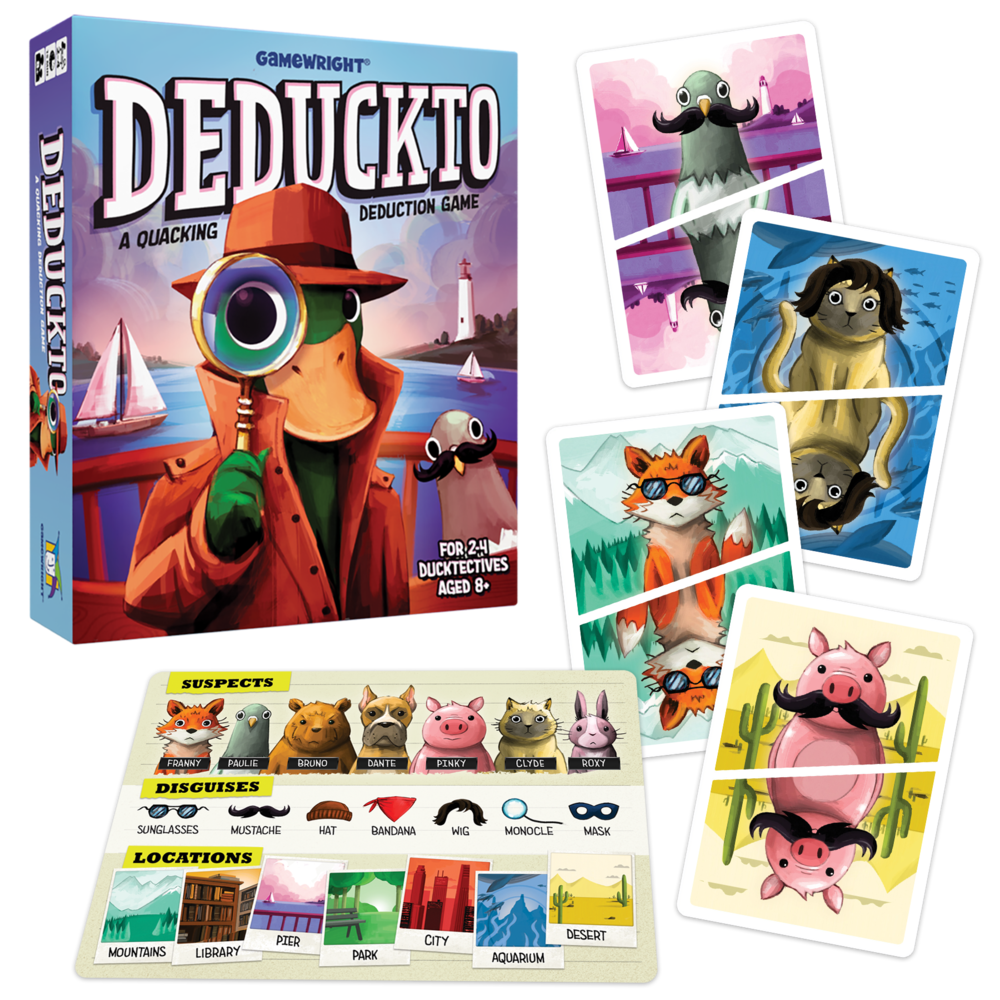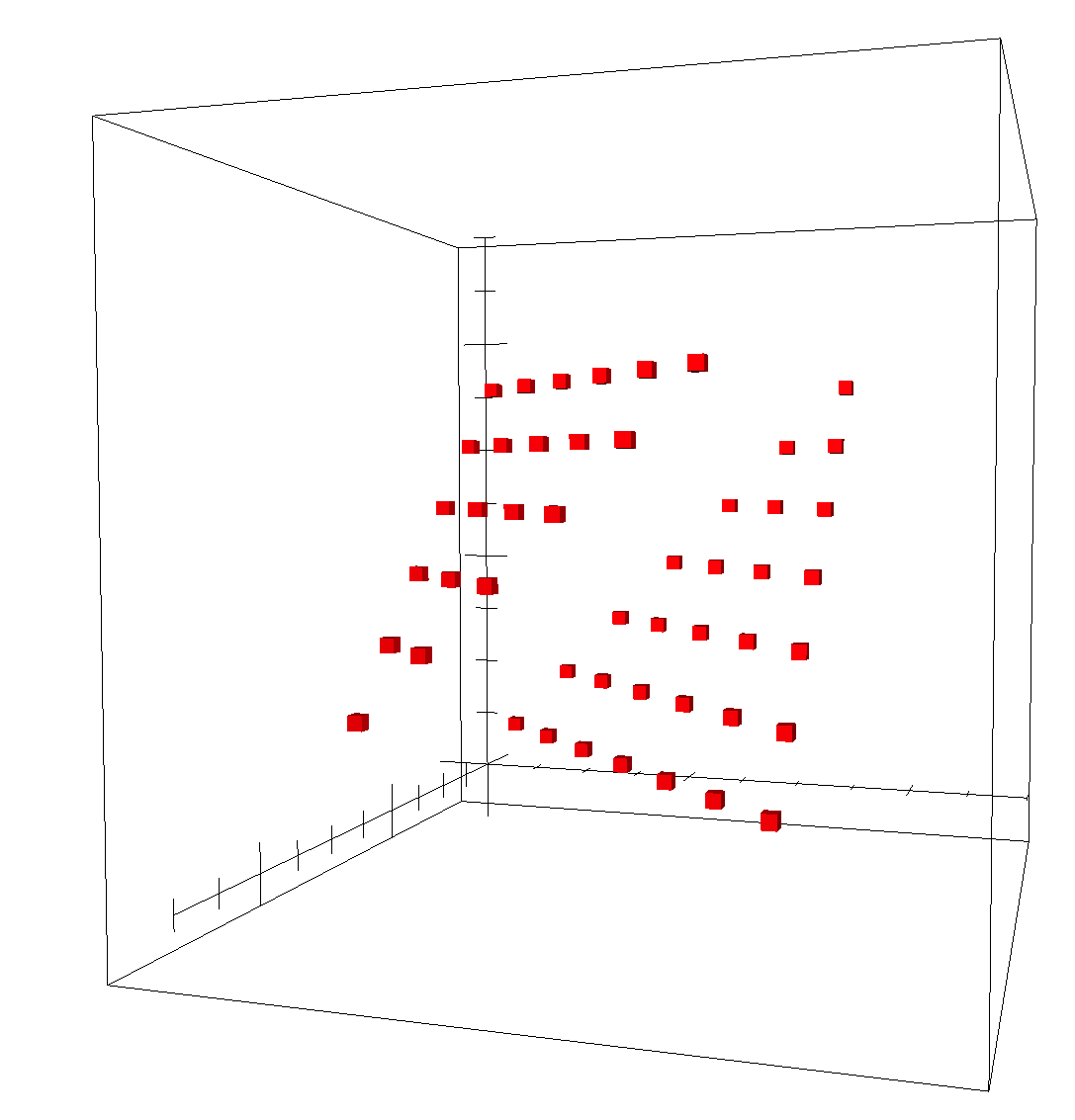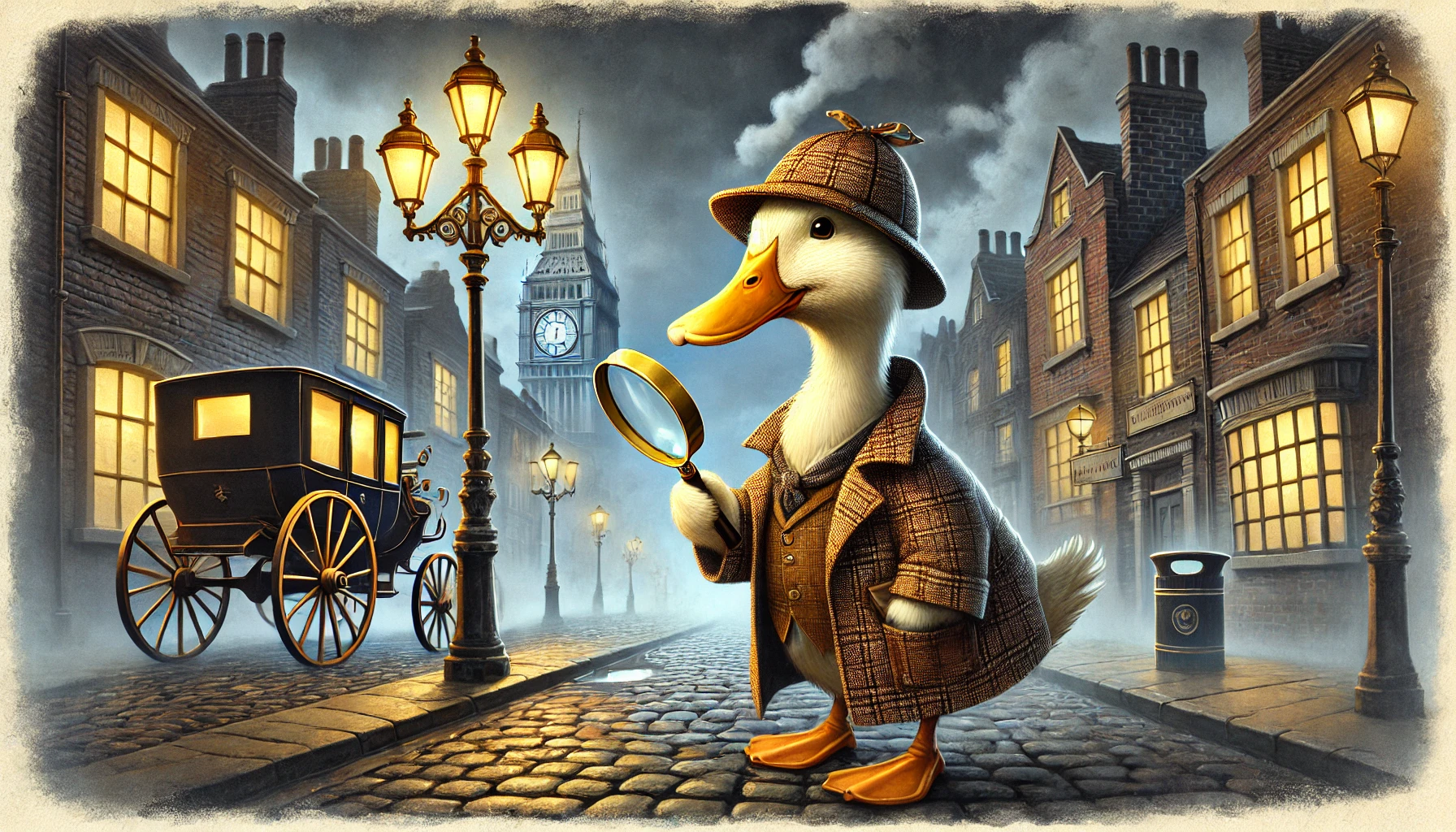Someone gave me the card game Deduckto as a gift. I played a few times with friends and immediately liked the game play. It is effectively Clue played with cards instead of pawns on a board. You are trying to guess three attributes based on feedback from the other players.
In the classic game of Clue (or Cluedo), there are 324 possible combinations of suspect, weapon, and room as follows:
- Suspects: 6 (Miss Scarlet, Colonel Mustard, Mrs. White, Mr. Green, Mrs. Peacock, Professor Plum)
- Rooms: 9 (Kitchen, Ballroom, Conservatory, Dining Room, Billiard Room, Library, Lounge, Hall, Study)
- Weapons: 6 (Candlestick, Dagger/Knife, Lead Pipe, Revolver, Rope, Wrench/Spanner)

In Deduckto, there are combinations of suspect, disguise, and location as follows:
- Suspects: 7 (Franny, Paulie, Bruno, Dante, Pinky, Clyde, Roxy)
- Disguises: 7 (sunglasses, mustache, hat, bandana, wig, monocle, mask)
- Locations: 7 (mountains, library, pier, park, city, aquarium, desert)
The game feature some adorable artwork. The game play is interactive. One of the key differences is that everyone has a different suspect/disguise/location card that they are trying to find. With 7 of each of the three attributes that should yield 73 or 343 combinations which is pretty similar to Clue. However since it is a card game, in order for that to be true, there would have to be 343 cards in the deck. A normal deck of cards is just 52 so it was clear this wasn’t the case. Pondering this, I counted the cards in the deck and found there only to be 49. I assume that this means that each character, disguise, and location appears 7 times in the deck. Assuming an even distribution this means that each combination of each pair of attributes is is unique. This means that if you know two, you can “remember” the third. You can also use this knowledge to eliminate combinations that have already expressed themselves in the game. The game starts with 3 cards visible to you (but hidden to the other players). Each round reveals cards by each player until one player successfully guesses their suspect card.
I created a data model of what I think the card distribution looks like. I have intentionally not validated this by looking at the cards or attempted to memorize the cards as it would ruin the game. I’m content to think about this in the abstract. I modeled the data in 3-D and created a Apple Grapher file so it can be rotated in space. The data forms a pair of slanted and offset triangles that really should have been an Easter egg in the game or its logo.

3-Axis Distribution of Cards
I have yet to play the game again with this understanding. It would also be interesting Game Wright would ever put out a full version of the game with all 343 cards. That seems like something at would be easily adaptable to a digital version.
It’s a fun party game can one can really take the fun out by analyzing it too much.


